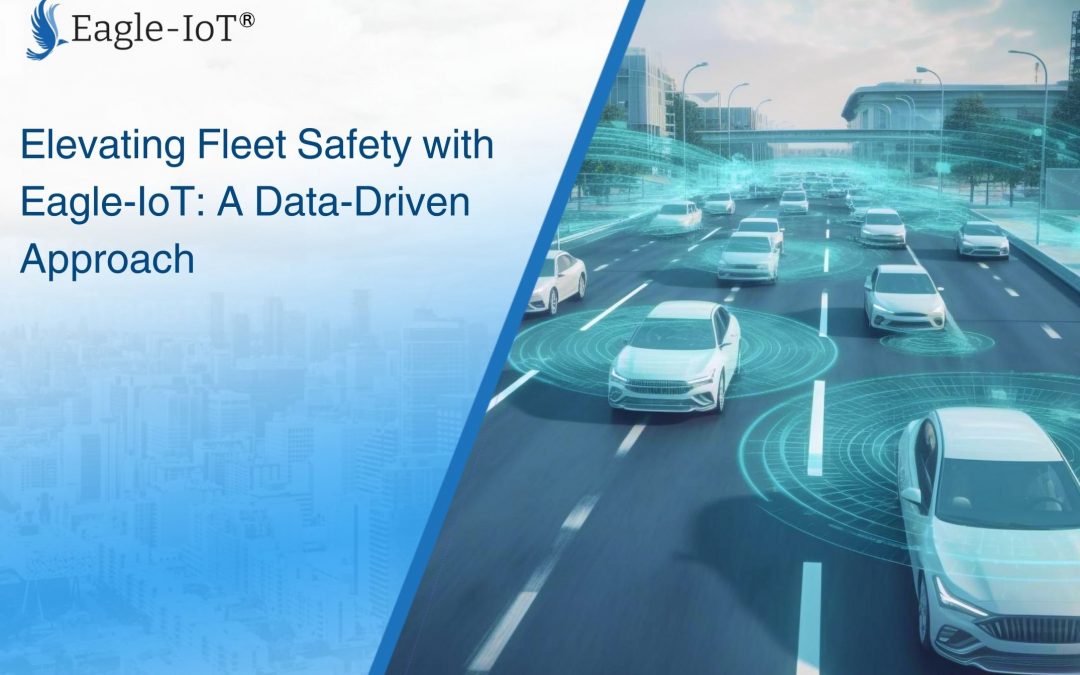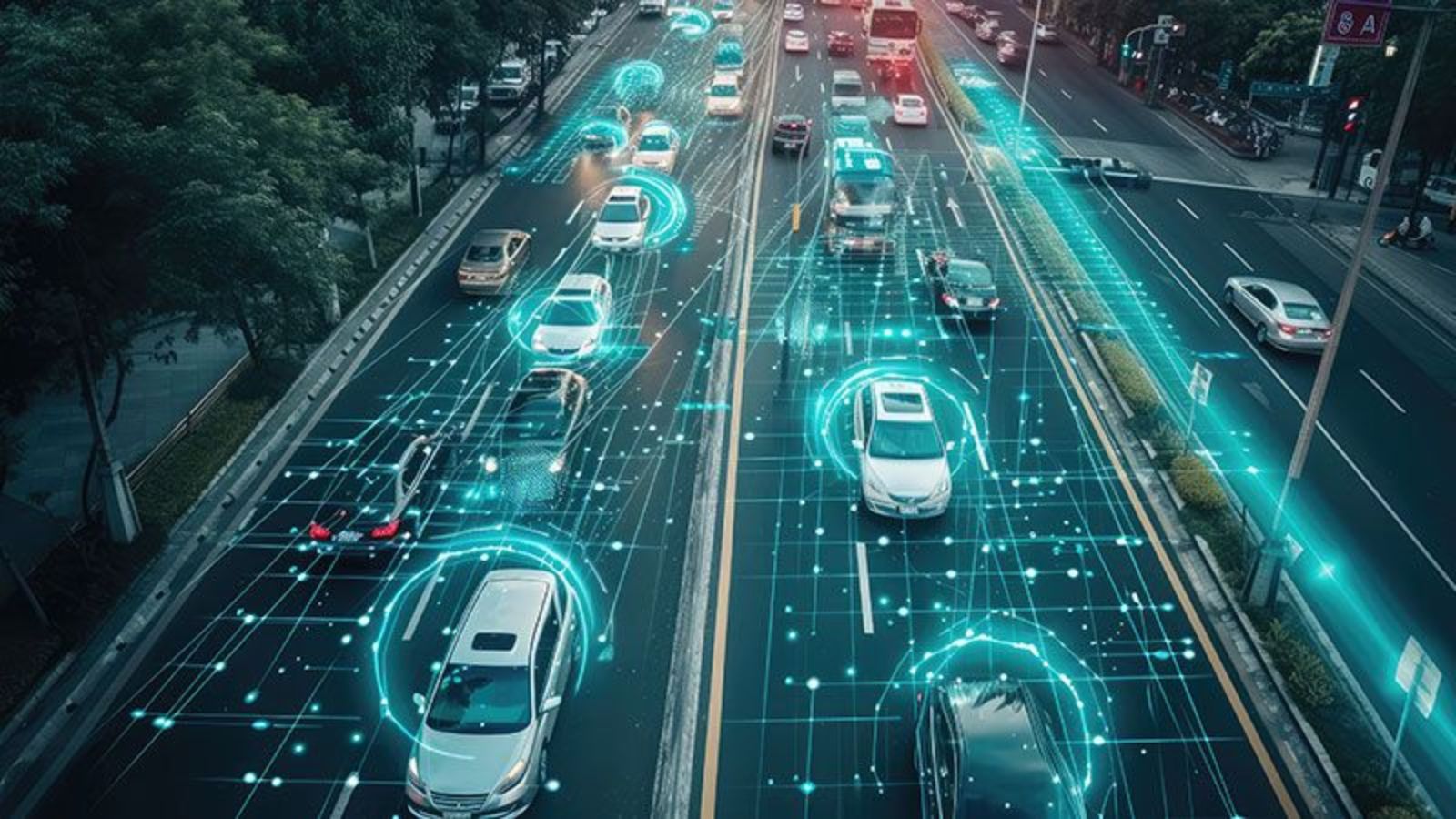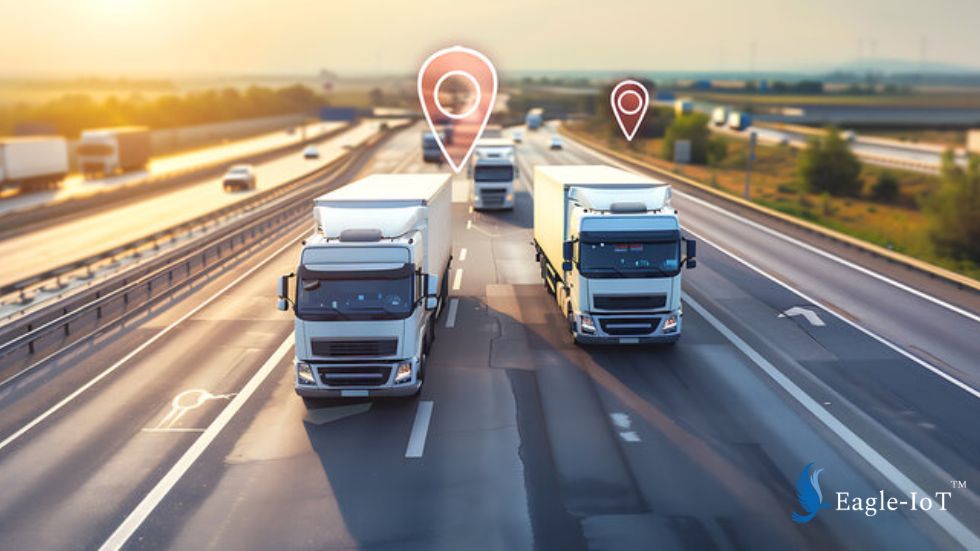
Elevating Fleet Safety with Eagle-IoT: A Data-Driven Approach
Fleet safety is more than just a set of rules—it’s a balance of strategy, psychology, and technology. The best fleets don’t just react to accidents; they use data-driven insights, real-time monitoring, and positive reinforcement to prevent incidents before they happen. With Eagle-IoT’s cutting-edge fleet management solutions, you can integrate smart safety strategies into daily operations, protecting your drivers, vehicles, and bottom line.
-
Beyond Monitoring: A Holistic Safety Approach
Traditional safety measures focus on compliance, but true fleet safety requires understanding driver behavior, leveraging real-time data, and implementing proactive strategies. Key takeaways from fleet safety experts emphasize the power of data analytics, training, and driver engagement in preventing accidents and improving overall fleet performance.

-
Leveraging Data for Smarter Fleet Management
Data is the foundation of any effective safety program. Eagle-IoT’s advanced telematics and AI-powered insights help fleet managers monitor key safety metrics, including:
✅ Real-Time Vehicle Tracking – Monitor routes, speeds, and stops to ensure safe driving habits.
✅ Harsh Event Detection – Identify incidents of harsh braking, sharp turns, rapid acceleration, and excessive idling to pinpoint risky behaviors.
✅ Preventive Maintenance Alerts – Reduce breakdowns and improve vehicle longevity by identifying maintenance needs before they escalate into safety hazards.
✅ AI-Based Dashcams – Record critical moments, provide real-time driver coaching, and serve as evidence in case of disputes.
By analyzing these data points, fleet managers can identify trends, implement corrective measures, and create safer driving environments.

-
The Power of Positive Reinforcement in Fleet Safety
Research shows that fleets benefit from rewarding good driving behaviors rather than focusing solely on penalties. With Eagle-IoT’s driver scorecards and performance analytics, managers can:
-
- Recognize and reward safe drivers with incentives, encouraging continuous improvement.
- Use gamification to create friendly competition among drivers for safer practices.
- Identify top-performing drivers who can mentor others and reinforce a safety-first culture.
This approach boosts driver morale, increases engagement, and leads to long-term safety improvements.
Preventing Nuclear Verdicts with Data Transparency
Fleet safety isn’t just about protecting drivers—it’s also about protecting your business from costly litigation. Legal experts warn that plaintiff attorneys often use fleet data against companies, arguing negligence based on historical records. Eagle-IoT helps you retain and utilize data strategically with:
🔹 Customizable Data Retention Policies – Store video footage and telematics data for appropriate durations to avoid excessive liability exposure.
🔹 Incident Analysis & Reports – Use accurate data to defend against false claims and demonstrate proactive safety measures.
🔹 Driver Coaching & Corrective Action – Show a history of continuous improvement and compliance with safety standards.
-
Integrating Smart Technology for Safer Operations
Emerging technologies are reshaping fleet safety, and Eagle-IoT integrates cutting-edge solutions to help fleets operate more efficiently and securely. Some key innovations include:

-
AI-Powered Distraction Monitoring – Detects signs of driver fatigue or distraction in real-time, sending instant alerts to prevent accidents. .
Geofencing & Route Optimization – Ensures vehicles stay within designated areas, preventing unauthorized use and improving operational efficiency.
Automated Compliance Tracking – Logs driver hours, maintenance schedules, and safety inspections to ensure full regulatory compliance.
These technologies empower fleet managers with real-time insights and automated alerts, helping to create a proactive safety culture.

-
Data-Driven Decision Making for Safer Fleets
With Eagle-IoT, fleet managers gain a centralized dashboard to monitor key safety metrics, including:
- Trip Utilization Graphs – Analyze driving patterns and pinpoint risk-prone routes.
- Event Status Updates – Get instant notifications about critical incidents, such as battery disconnects or excessive idling.
- By harnessing this data, fleets can make informed decisions to enhance safety, reduce costs, and improve efficiency.
- Sensor-Based Telemetry – Monitor weight loads, tire pressure, and engine health to prevent mechanical failures.
-
The Future of Fleet Safety with Eagle-IoT
Fleet safety has evolved beyond reactive measures. It now demands a proactive approach focused on prevention, engagement, and continuous improvement. Eagle-IoT empowers fleet managers to achieve this by providing the tools to reduce accident rates through real-time monitoring and AI-driven insights. Additionally, Eagle-IoT fosters a culture of safety by encouraging safer driving habits with positive reinforcement strategies. By managing data retention wisely, Eagle-IoT helps protect fleets from costly litigation.

Eagle-IoT enables the adoption of next-generation technologies, ensuring long-term operational success. With Eagle-IoT, safety isn’t just a requirement; it’s a competitive advantage. Start your journey toward smarter, safer fleet management today.
Want to learn more? Contact us for a demo and see how Eagle-IoT can transform your fleet’s safety strategy.





















